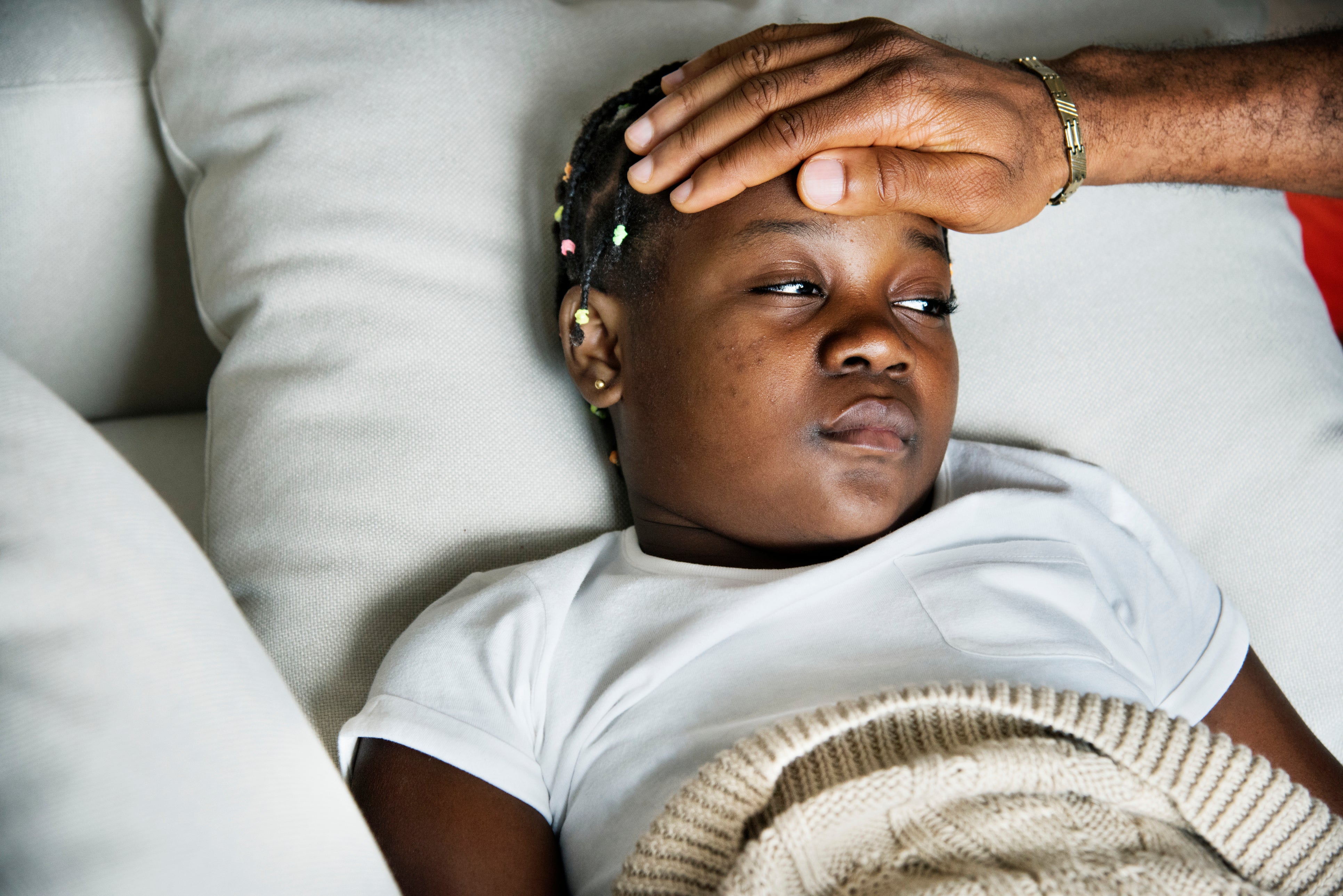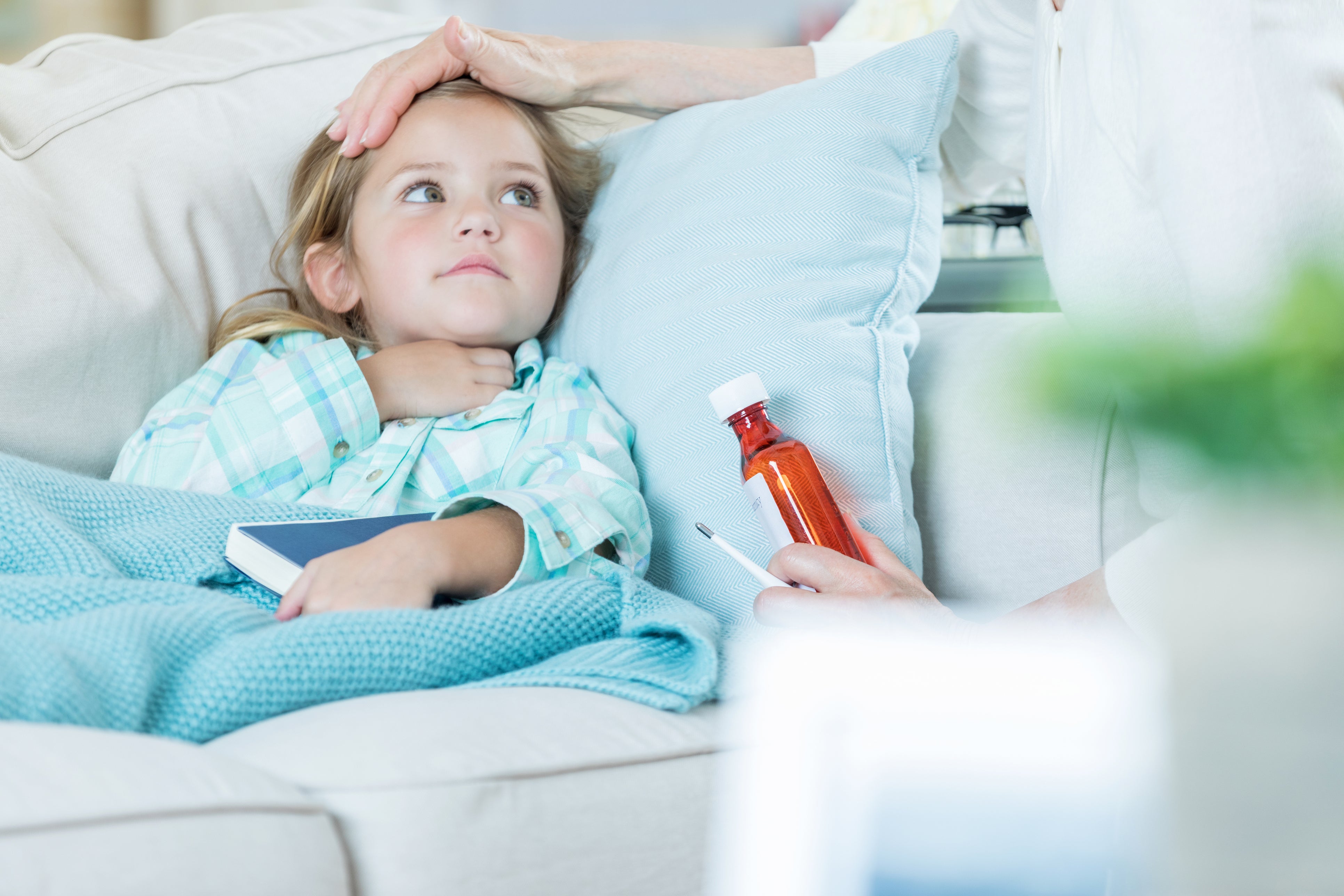What to do if you think your child has Strep A
Cases of scarlet fever have spiked as a result of Strep A infections
Your support helps us to tell the story
From reproductive rights to climate change to Big Tech, The Independent is on the ground when the story is developing. Whether it's investigating the financials of Elon Musk's pro-Trump PAC or producing our latest documentary, 'The A Word', which shines a light on the American women fighting for reproductive rights, we know how important it is to parse out the facts from the messaging.
At such a critical moment in US history, we need reporters on the ground. Your donation allows us to keep sending journalists to speak to both sides of the story.
The Independent is trusted by Americans across the entire political spectrum. And unlike many other quality news outlets, we choose not to lock Americans out of our reporting and analysis with paywalls. We believe quality journalism should be available to everyone, paid for by those who can afford it.
Your support makes all the difference.Sixteen children have now died from an invasive condition caused by Strep A, it has been confirmed.
Health officials are now urging parents to look out for symptoms of scarlet fever in their children following a spike in cases driven by a recent increase in Strep A infections.
Data released by the UK Health Security Agency (UKHSA) indicates that the number of scarlet fever cases remains significantly higher than would typically be expected at this time of year.
Dr Rachael Hornigold, consultant in health protection at UKHSA South East, said: “We are extremely saddened to hear about the death of a young child and our thoughts are with their family, friends and the local community.
“We will implement public health actions including advice to the city council and school community.”
Recent figures reveal that there were 851 cases reported in week 46 compared with an average of 186 in the preceding years, the agency said.
But what is Strep A and what should parents and carers do if they think their child has it? Here’s everything you need to know.
What is Strep A?

Strep A - or Group A streptococcus (GAS) - is a type of bacterium found in the throat and on the skin. The illness can also cause other respiratory and skin infections, such as Strep throat, impetigo and scarlet fever.
On rare occasions, the bacteria can get into the bloodstream and cause an illness called invasive Group A Strep (iGAS). While still uncommon, there has been an increase in invasive Strep A cases this year, particularly in children under 10.
It can be spread through coughs, sneezes and skin-to-skin contact.
While scarlet fever is usually a mild illness, it is highly infectious.
What are the symptoms of Strep A?
Symptoms for Strep A can include pain when swallowing, fever, swollen tonsils with white patches, a headache, swollen neck glands, a high temperature or a skin rash.
A red body rash with a sandpapery feel can also be a symptom. On darker skin, the rash can sometimes be more difficult to detect visually, but will still have a sandpapery feel.
Early on in the illness, the bacteria can cause a whitish coating to appear on the tongue, which eventually peels, leaving the tongue red, swollen and covered in bumps – also known as “strawberry tongue”.
What should parents and carers do if they think their child has Strep A?

The UKHSA advises contacting NHS 111 or your GP if you suspect your child has scarlet fever, because early treatment of the illness with antibiotics is important in reducing the risk of complications such as pneumonia or a bloodstream infection.
If your child has scarlet fever, keep them at home until at least 24 hours after the start of antibiotic treatment to avoid spreading the infection to others.
In most cases, scarlet fever will resolve itself without medical intervention, but children can occasionally develop a bacterial infection on top of the virus which can make them more unwell.
As a parent or carer, if you feel that your child seems seriously unwell, you should trust your own judgement, say the UKHSA.
Health officials say you should contact NHS 111 or your GP if:
- Your child is getting worse
- Your child is feeding or eating much less than normal
- Your child has had a dry nappy for 12 hours or more, or shows other signs of dehydration
- Your baby is under three months old and has a temperature of 38C, or is older than three months and has a temperature of 39C or higher
- Your baby feels hotter than usual when you touch their back or chest, or feels sweaty
- Your child is very tired or irritable
In more serious cases, you should call 999 or go to A&E if:
- Your child is having difficulty breathing – you may notice grunting noises or their tummy sucking in under their ribs
- There are pauses when your child breathes
- Your child’s skin, tongue or lips are blue
- Your child is floppy and will not wake up or stay awake



Join our commenting forum
Join thought-provoking conversations, follow other Independent readers and see their replies
Comments